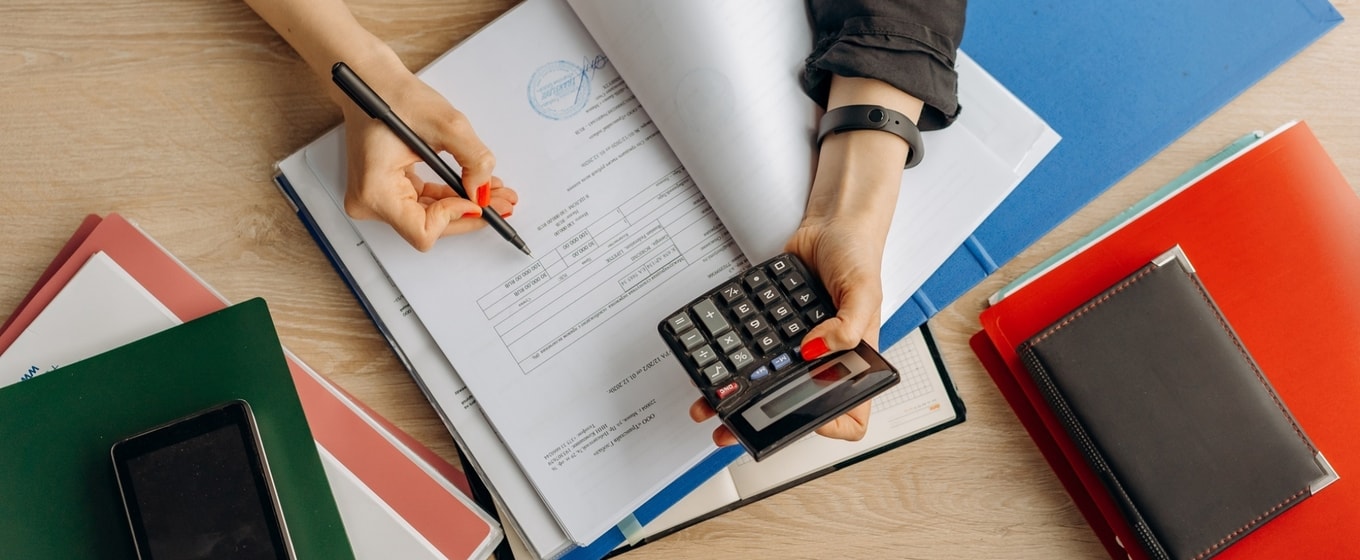The way that businesses can file a VAT return has changed. From 1 April 2022, all VAT-registered businesses must submit their VAT returns online using software that’s compliant with Making Tax Digital (MTD).
While the transition hasn’t been welcomed universally, much of the VAT reporting process remains the same. For example, the frequency and deadlines of your returns, and your eligibility for schemes like the Flat Rate Scheme, are not affected by the new rules.
You may choose to hire an accountant to take care of your taxes for you, particularly if your business is larger and more complex. Smaller operations, however, may prefer to handle their VAT bills themselves.
If you decide to tackle your taxes without professional help, it’s very important to understand exactly what’s required to avoid any penalties. In this article, we answer the most common queries from business owners looking to submit a VAT return.
How do you file a VAT return?
From April 2022, all VAT-registered businesses must file their VAT returns according to MTD rules, meaning that manual methods are no longer available. This should make it quicker and easier to submit a VAT return, with less chance for human error.
Instead of your HMRC online account, you'll use MTD-compliant accounting software to submit your VAT return. This can be VAT record-keeping software, which stores financial records digitally and automatically pulls from these data sources to report directly to HMRC's systems. With your VAT return instantly generated, all you need to do is check the information and make any necessary adjustments to avoid errors.
Alternatively, you can continue to use spreadsheets to store digital records, providing you have bridging software to share this information with HMRC via an API. You cannot manually transfer data from an Excel or Google Sheet document to your VAT return.
For accurate bookkeeping and reporting, consider software like Crunch or Sage that allows you to store your transactional history within the platform, enabling VAT returns to be filed at the click of a button.
When do I need to submit a VAT return?
You’ll usually submit your VAT return and any payments due to HMRC on a quarterly basis. This three-month timeframe is known as your ‘accounting period’.
The deadline for a VAT return is generally one month and seven days after the end of each quarter - the exact date will be stated on the VAT return form.
If your estimated VAT taxable turnover is less than £1.35 million, you could be eligible for the Annual Accounting Scheme. This scheme means you only need to submit a single VAT return to HMRC per year, usually two months after the end of the scheme year.
What does a VAT return include?
VAT returns are based on your total sales and purchases for the accounting period in question. Accounting platforms can vary, but in most cases, each section on your VAT return will be pre-populated based on your financial records, so you don't have to track down information or calculate your bill.
A VAT return includes:
- the VAT due on all goods and services you supplied, which is the amount you owe to HMRC.
- the deductible VAT on your business purchases, which is the amount you can reclaim from HMRC.
- the difference between these two values, revealing whether you need to pay HMRC or reclaim a VAT refund.
If you trade with the EU and use postponed VAT accounting, you must include any import VAT on your return as both input and output VAT. This applies to any goods that were imported within the relevant accounting period.
Ways to pay your VAT bill
You may have to make a final payment if you’ve paid less VAT on purchases and other expenses than you've received on company sales. Conversely, you’ll receive a VAT refund if you’ve overpaid.
If you need to pay VAT to HMRC, there are several payment options available. The easiest is via direct debit, as this allows payments to be taken automatically a few days after the due date on your VAT return. However, you can also pay with online or telephone banking, a standing order, CHAPS, or BACS.
What happens if you make a late VAT payment?
For most businesses, you must report to and pay HMRC within one month and seven days from the end of your accounting period. Bear in mind that you must allow time for your payment to clear.
If the VAT return or full payment is not received by the deadline, it's recorded as a default. This can lead to you entering a 12-month ‘surcharge’ period. If you miss another deadline during this time, the surcharge period is extended by a year, and you may be charged a percentage of the outstanding VAT.
However, a surcharge won't be applied if you pay your outstanding VAT in full, even if you filed late. That's why it's essential to have funds available for your VAT bill.
How to get a VAT refund
UK businesses can receive a VAT refund if they have paid more VAT than they received in an accounting period. Once your return is submitted, HMRC will calculate if you’re due a refund for that VAT period.
VAT refunds should be sent to you within ten days of filing your return. Make sure that HMRC has your up-to-date bank account details to avoid delays in receiving payment, as this can impact your cash flow.




These cookies are set by a range of social media services that we have added to the site to enable you to share our content with your friends and networks. They are capable of tracking your browser across other sites and building up a profile of your interests. This may impact the content and messages you see on other websites you visit.
If you do not allow these cookies you may not be able to use or see these sharing tools.